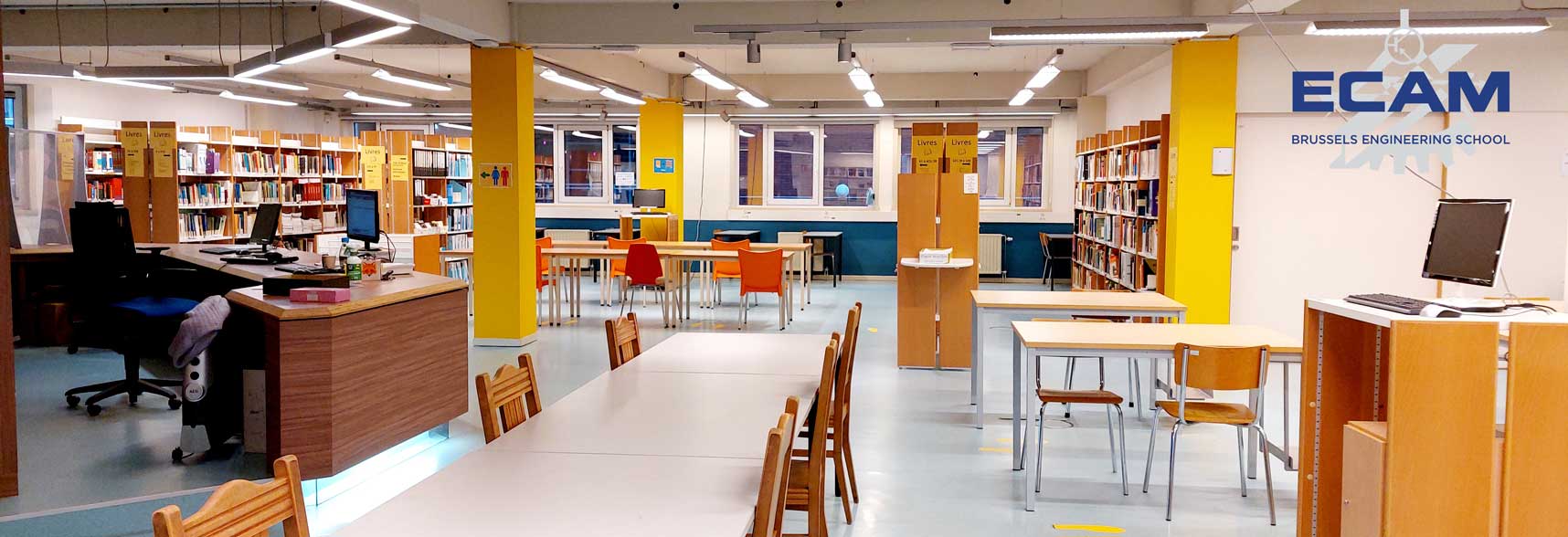EphÃĻseLe catalogue de la bibliothÃĻque de l'ECAM
DÃĐtail de l'auteur
Auteur Vincent Dhondt |
Documents disponibles écrits par cet auteur (1)


 Visionner les documents numÃĐriques
Affiner la recherche
Visionner les documents numÃĐriques
Affiner la rechercheExperimental investigation of the horseshoe vortex around the base of a wall-mounted cylinder / Vincent Dhondt

Titre : Experimental investigation of the horseshoe vortex around the base of a wall-mounted cylinder Type de document : Travail de fin d'ÃĐtudes Auteurs : Vincent Dhondt, Auteur ; Xiaofeng Liu, ; Xavier Van den Dooren Editeur : ECAM AnnÃĐe de publication : 2017 Note gÃĐnÃĐrale : University of San Diego Langues : Anglais (eng) Index. dÃĐcimale : TFE - ElectromÃĐcanique RÃĐsumÃĐ : This report aims to conduct quantitative experimental investigation of the behavior of the horseshoe vortex which is created when a boundary layer encounters the base of an infinite wall-mounted cylinder. The mechanism of formation of the horseshoe vortex will be analyzed. Additionally, the distribution of the different velocities upstream of the obstacle as well as the location of the separation point compared to the stagnation point will be discussed. The comprehension of the behavior of the horseshoe vortex is important in several engineering applications. For example, the high stress beneath the horseshoe vortex can create erosion around the base of a bridge pier. Flow around a cylinder can also occur in practical situation like in turbomachinery, in an aircraft landing gear or in high rise building. Likewise, the modern measurement technologies allow to obtain accurate results. The cylinder is placed vertically in a wind tunnel and the measurements are made thanks to the stereo â PIV (Particle Image Velocimetry) and the hot â wire anemometer. The diameter of the cylinder (6 inches / 152.4 mm) and the free stream velocity (10 m/s) give a Reynolds Number of ReD=1x105. The test section of the tunnel is 45x32x68 inches (1143x813x1727 mm). A horizontal plate is inserted in the middle of the axis of the cylinder. In this way, the new âbaseâ of the cylinder can be seen by the cameras. This plate has a 3:2 semi-elliptic leading edge, covered by distributed roughness. The goal of this profile is to create a turbulent boundary layer upstream the cylinder. Experimental investigation of the horseshoe vortex around the base of a wall-mounted cylinder [Travail de fin d'ÃĐtudes] / Vincent Dhondt, Auteur ; Xiaofeng Liu, ; Xavier Van den Dooren . - ECAM, 2017.
University of San Diego
Langues : Anglais (eng)
Index. dÃĐcimale : TFE - ElectromÃĐcanique RÃĐsumÃĐ : This report aims to conduct quantitative experimental investigation of the behavior of the horseshoe vortex which is created when a boundary layer encounters the base of an infinite wall-mounted cylinder. The mechanism of formation of the horseshoe vortex will be analyzed. Additionally, the distribution of the different velocities upstream of the obstacle as well as the location of the separation point compared to the stagnation point will be discussed. The comprehension of the behavior of the horseshoe vortex is important in several engineering applications. For example, the high stress beneath the horseshoe vortex can create erosion around the base of a bridge pier. Flow around a cylinder can also occur in practical situation like in turbomachinery, in an aircraft landing gear or in high rise building. Likewise, the modern measurement technologies allow to obtain accurate results. The cylinder is placed vertically in a wind tunnel and the measurements are made thanks to the stereo â PIV (Particle Image Velocimetry) and the hot â wire anemometer. The diameter of the cylinder (6 inches / 152.4 mm) and the free stream velocity (10 m/s) give a Reynolds Number of ReD=1x105. The test section of the tunnel is 45x32x68 inches (1143x813x1727 mm). A horizontal plate is inserted in the middle of the axis of the cylinder. In this way, the new âbaseâ of the cylinder can be seen by the cameras. This plate has a 3:2 semi-elliptic leading edge, covered by distributed roughness. The goal of this profile is to create a turbulent boundary layer upstream the cylinder. Exemplaires(0)
DisponibilitÃĐ aucun exemplaire Documents numÃĐriques
 Ce document n'est visible qu'aprÃĻs identification
Ce document n'est visible qu'aprÃĻs identification
Thesis_Dhondt.pdfAdobe Acrobat PDF


